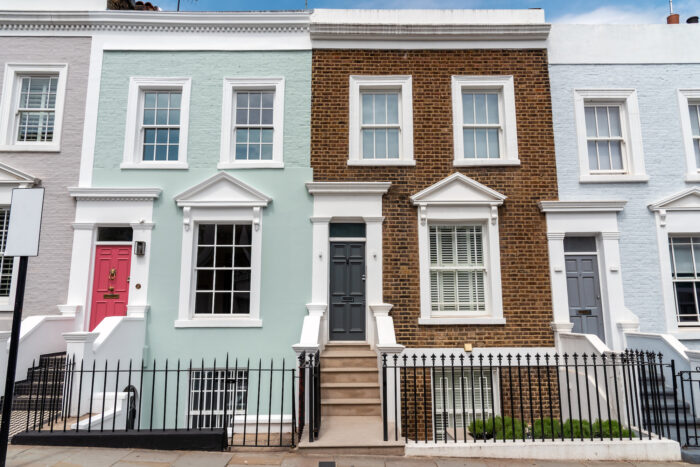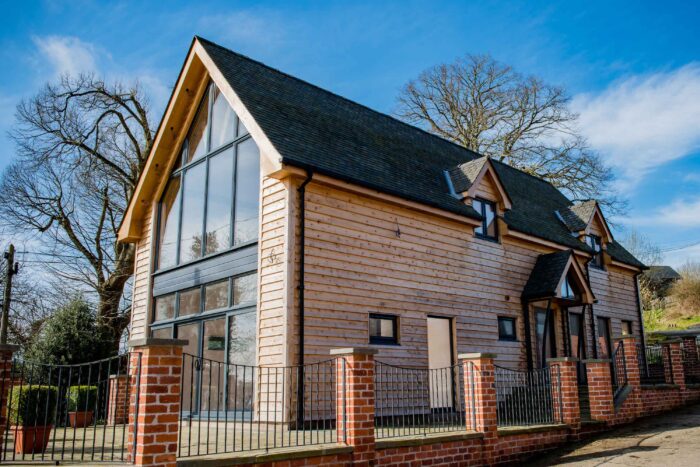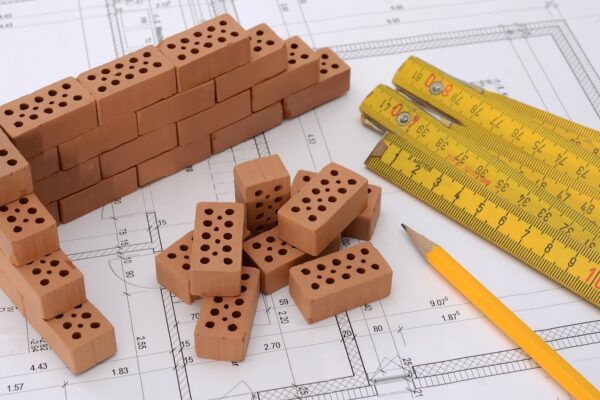The importance of protecting the built heritage environment is being highlighted by a Mid Wales architect who is strengthening his practice’s commitment to conservation architecture.
Doug Hughes of Hughes Architects has been accredited as a Conservation Architect by the Royal Institute of British Architects (RIBA).
There are over 42,000 architects in the UK but this accreditation means Doug is just one of only 176 Conservation Architects registered on the RIBA’s Conservation Register.
Originally from Llandrindod Wells in Powys, he established Hughes Architects in Newtown in 2001 after working in London for many years. The practice has expanded in that time to offices in Welshpool, Aberystywth and Cardiff, covering Wales and the borders, including Shropshire and Herefordshire.
Specialists in Grade I and Grade II listed properties
The practice has developed a reputation for working on Grade I and Grade II listed buildings in that time. These have ranged from cottages and manor houses to churches and even barns.
“Conservation architecture is an important part of our work. With one in five buildings in the UK pre-dating 1919, many renovation, extension or conversion projects involve buildings that are either listed or within conservation areas,” said Doug.
“While a significant part of our work is focussed on creating modern and environmentally sustainable homes and buildings, we have an increasing amount of work on older properties. The architectural and planning focus can be much different for these properties where we are working to much stricter regulations.
“More importantly, as architects, we want to ensure we’re part of a process in protecting our built heritage environment. By becoming specialists in conversation architecture, we are able to ensure design work for our clients movse through the planning process to approval as efficiently as possible.”

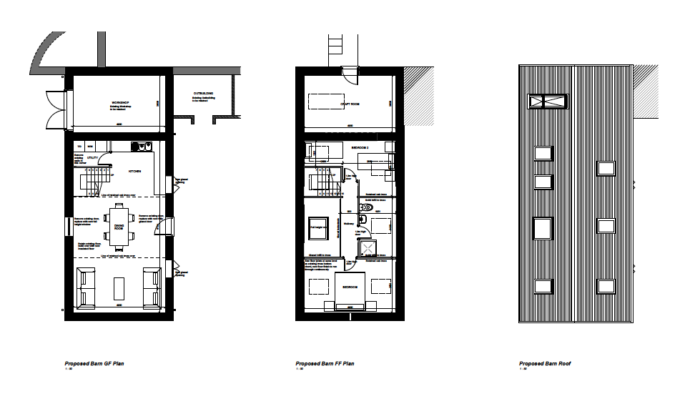
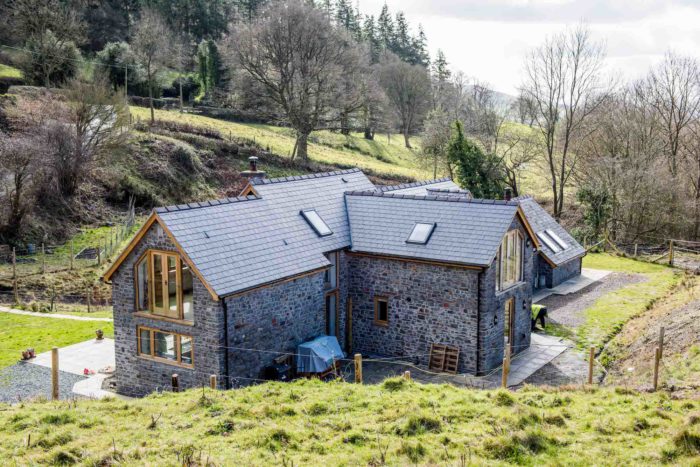
Architects have a responsibility for the conservation built environment
A statement by RIBA says: “RIBA believes that architects have a primary role in identifying the potential challenges of historic buildings, areas and places, including managing change in a sustainable manner. Architects find design solutions including the repair, maintenance, adaptation and re-use of historic buildings and places that sustains and promotes their cultural significance.”
Hughes Architects has also expanded its businesses with specialists in engineering design for SuDS drainage surveys and design with the appointment of a specialist engineer. It has also appointed a dedicated energy consultant as part of its commitment to RIBA 2030 Climate Challenge.
More details can be found at www.hughearchitects.co.uk.
You can contact us via the form below, by email enquiries@hughesarchitects.co.uk or by telephone through our offices in Newtown, Welshpool and Aberystwyth.
